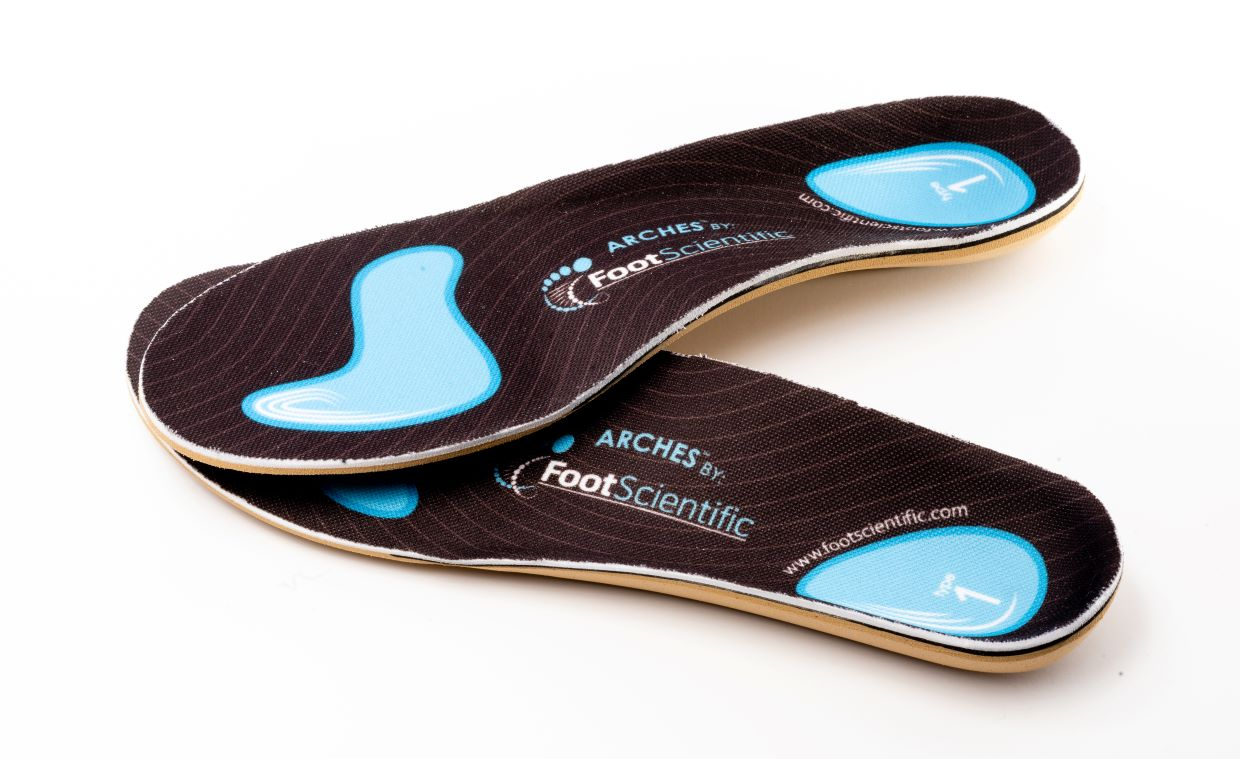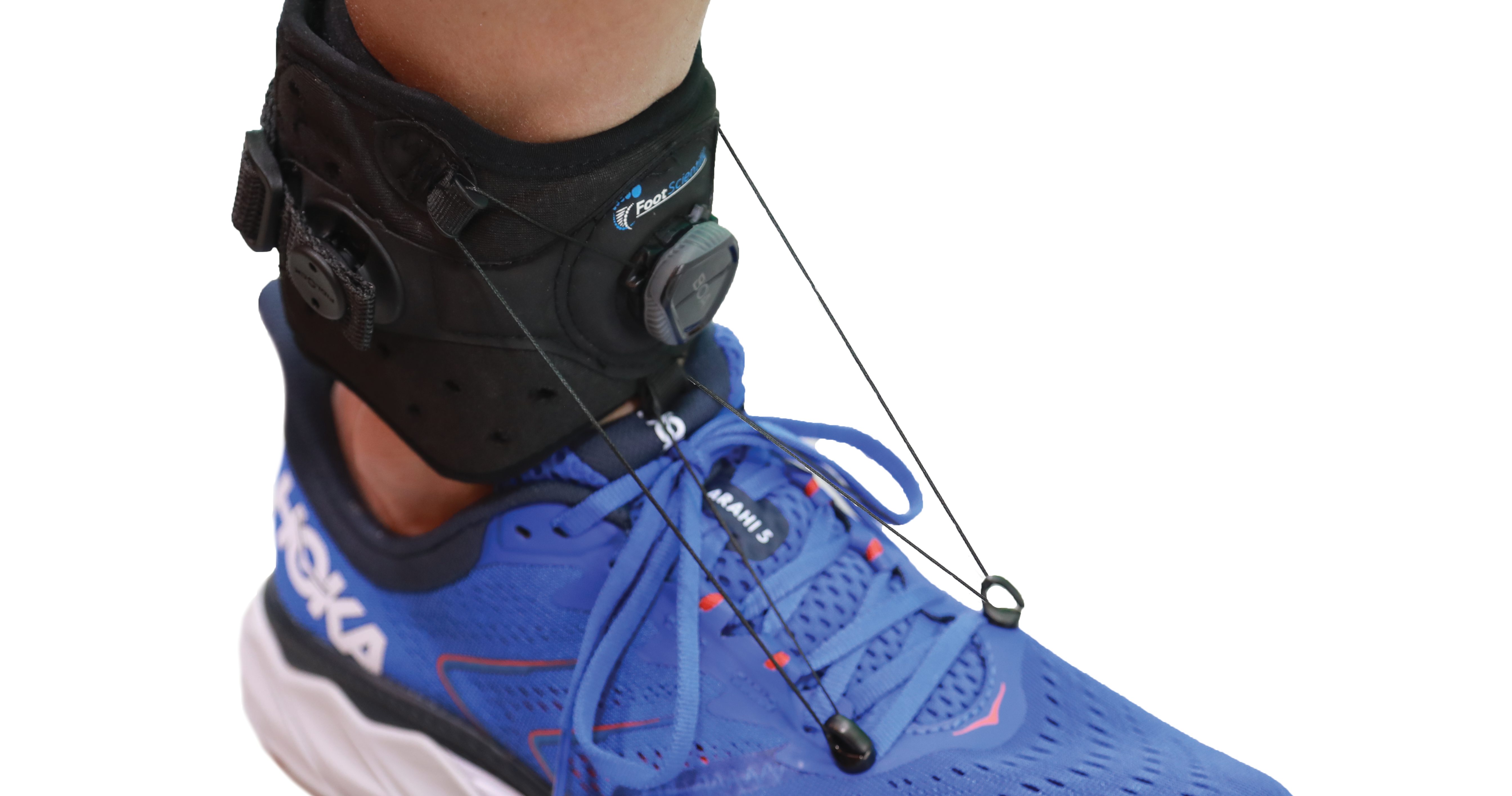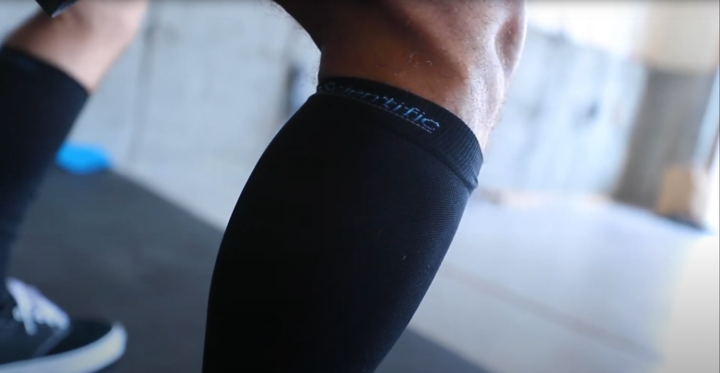Ingrown Toenail
An Ingrown Toenail occurs when the edge of the toenail grows down and into the skin of the toe. Ingrown toenails are often painful, red, and have swelling surrounding them.
What causes an Ingrown Toenail?
Ingrown toenails are caused when extra pressure is placed on the toe commonly caused by ill-fitted shoes. Another cause of ingrown toenails can be improperly trimmed toenails and picking or tearing at the corners of the nail.
How do I know if I have an Ingrown Toenail?
What are the symptoms of an Ingrown Toenail?
Symptoms of an Ingrown Toenail include redness, swelling, and pain in the affected area.
How are Ingrown Toenails diagnosed?
A physical examination will show that skin is growing over the edge of the nail. The skin surrounding the ingrown toenail will be swollen, firm, red, and tender to the touch.
What can I do from home for an Ingrown Toenail?
What can I do to prevent an Ingrown Toenail?
Prevention of ingrown toenails includes:
- Wearing shoes with a large toe box.
- Trimming your nails properly by following this procedure:
- Briefly soaking your foot in warm water to soften the nail
- Use a clean, sharp trimmer
- Trim toenails straight across the top. Do not round the corners of the nail or trim them too short.
What treatments can I do from home for an Ingrown Toenail?
If you have an ingrown toenail, with no other problems or conditions, you can do the following:
- Soak the foot in warm water 3 to 4 times a day, keeping the toe dry otherwise.
- Gently massage over the inflamed skin
- Place a small piece of cotton or dental floss under the nail. Wet the cotton with water or antiseptic.
- Wearing sandals until the ingrown toenail has gone away may relieve pain as a result of pressure or friction on the toe.
When should I see a doctor for an Ingrown Toenail?
If you have diabetes, nerve damage in the foot of leg, poor circulation, or an infection around the toenail you should see a doctor. If you have any of the mentioned conditions, in addition to the ingrown toenail, do not try to treat the problem at home.
If you are unable to trim an ingrown toenail or have severe pain, swelling, redness, or a fever see your doctor.
Treatments your doctor may recommend for an Ingrown Toenail
Non-Surgical:
- Soak the toe in warm water and Epsom salt
- Place dental floss or thin wooden rod under the toenail. This guides the toenail in a proper growth pattern. Gently lift the embedded nail and place some cotton, wax-coated dental floss, or a thin wooden rod between the nail and your skin. This guides your toenail while growing and protects your skin from further cuts and irritation.
- Change the cotton, dental floss, or wooden rod on a daily basis as this will help avoid infection.
Surgical:
Partial or complete removal of the toenail and/or nail bed. Both can be done at your local podiatrist’s office.
- Partial nail removal: The physician will numb the toe and then cut and remove the nail.
- Complete nail removal: The physician will numb the toe and then cut and remove the nail and part of the nail bed tissue to keep the nail from growing back.




